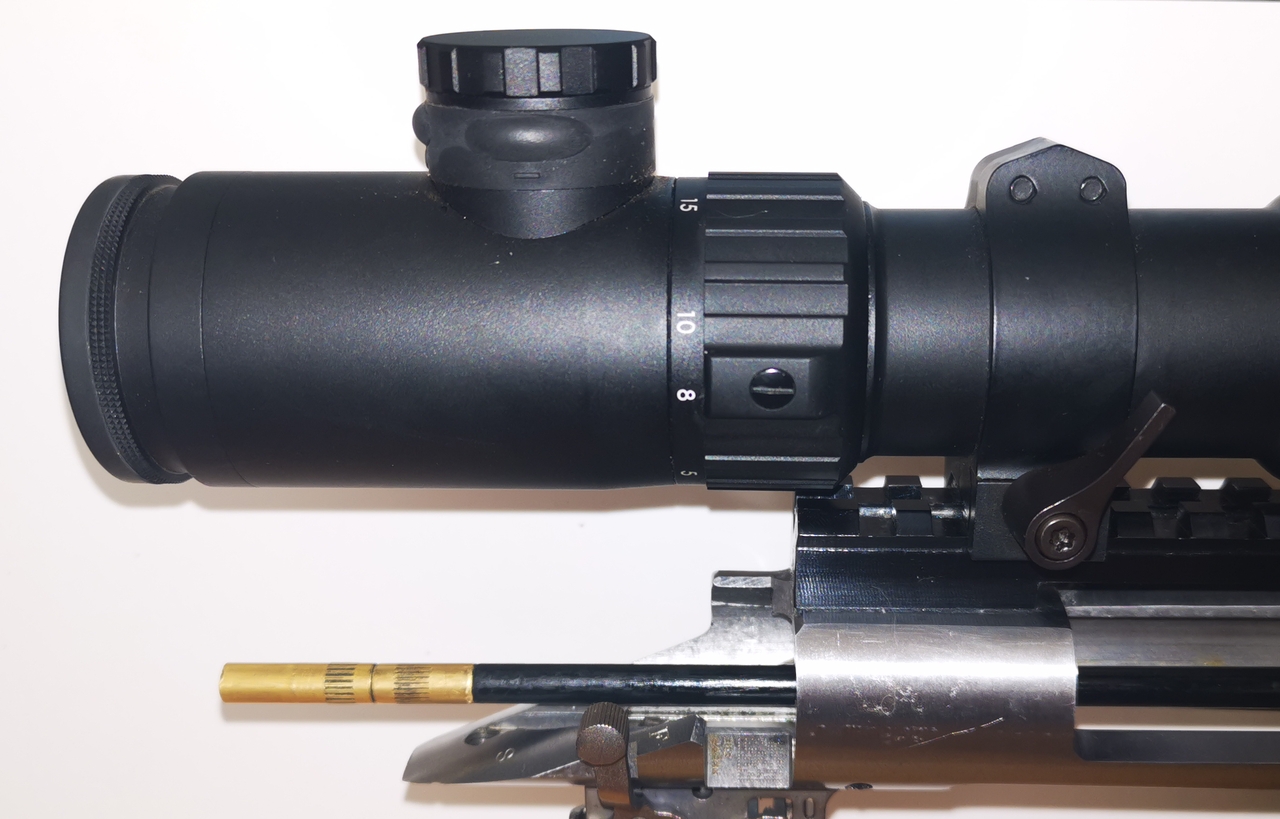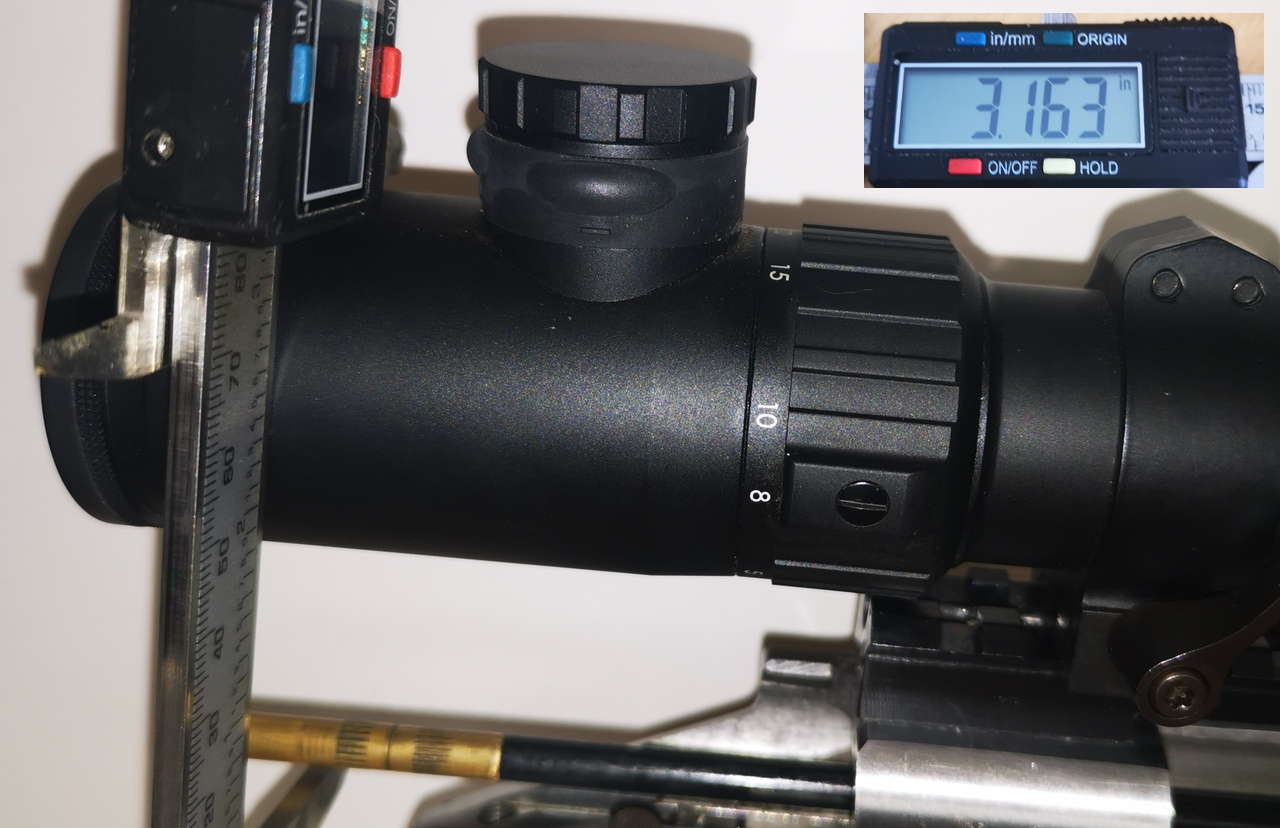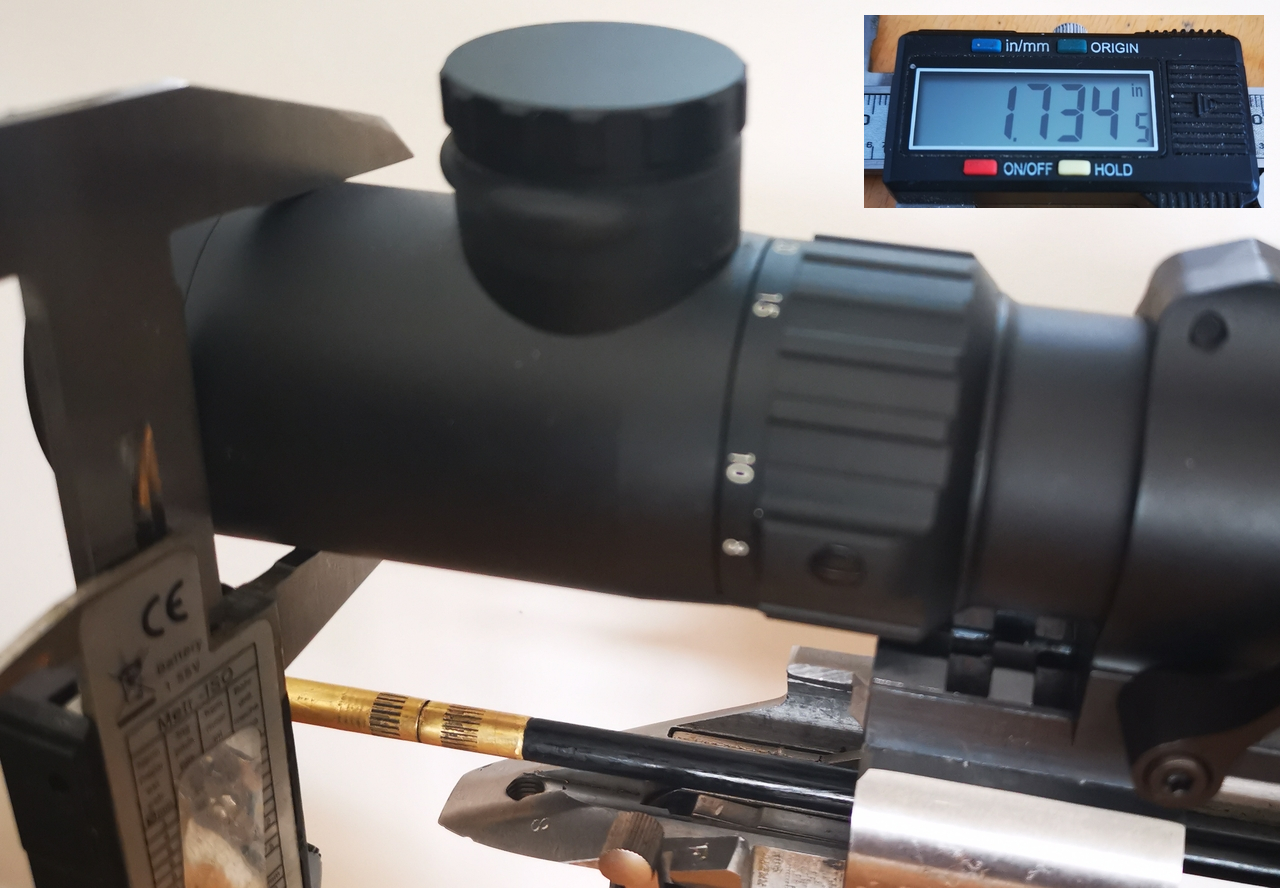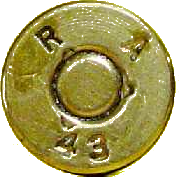Ysterhout Dot Net
... or why not to take simple things for granted.
Everyone knows how to do this. Many instructional videos available describing different methods. You've probably done this too. Did you ever measure the distance from your muzzle to the zero target ?
What is not commonly explained is that the precise distance from the muzzle to the zero target affects the output of the ballistic calculator.
Most rifle shooters do not verify the distance from the muzzle to the zero target. You may think you are at 100 yards or meters, but it may off, say 94, or 107. Possibly a significant percentage error.
Long range shooting is necessarily about precision. Precision in the load, precision in the scope tracking, and also precision in the ballistic calculator. Errors in any one measurement affect the result. Multiple errors can be compounded in the result.
Take the time to measure - with a tape measure - the distance from the muzzle to the zero target. Use that as your zero distance in the calculator.
To put it simply - the zero point is the near reference point on the parabolic curve describing the bullet trajectory. If that near point is not where you input it as, the calculated curve cannot be correct, and the predicted curve will increasingly deviate from the actual curve with distance.
Another overlooked measurement is the scope height. This is distance between the bore axis and the scope axis. If you are using a ballistic calculator for long range, make it a measured input. This number has an effect on the predicted curve, so it can't hurt for it to be correct.
You can do this simply and accurately with a cleaning rod and a vernier. Remove the bolt, insert the cleaning rod from the muzzle end as far as it can go. It should protrude out the rear of the receiver, to below the scope eyepiece.

Measure with your vernier the distance from the bottom of the cleaning rod, to the top of the eyepiece.

Measure the diameter of the eyepiece.

Subtract from the first measurement half the diameter of the eyepiece, in this case 0.867 and half your bore diameter, in this case 0.188. Use that as the measured input for scope height.
In this case, the scope height is 2.108 inches.



